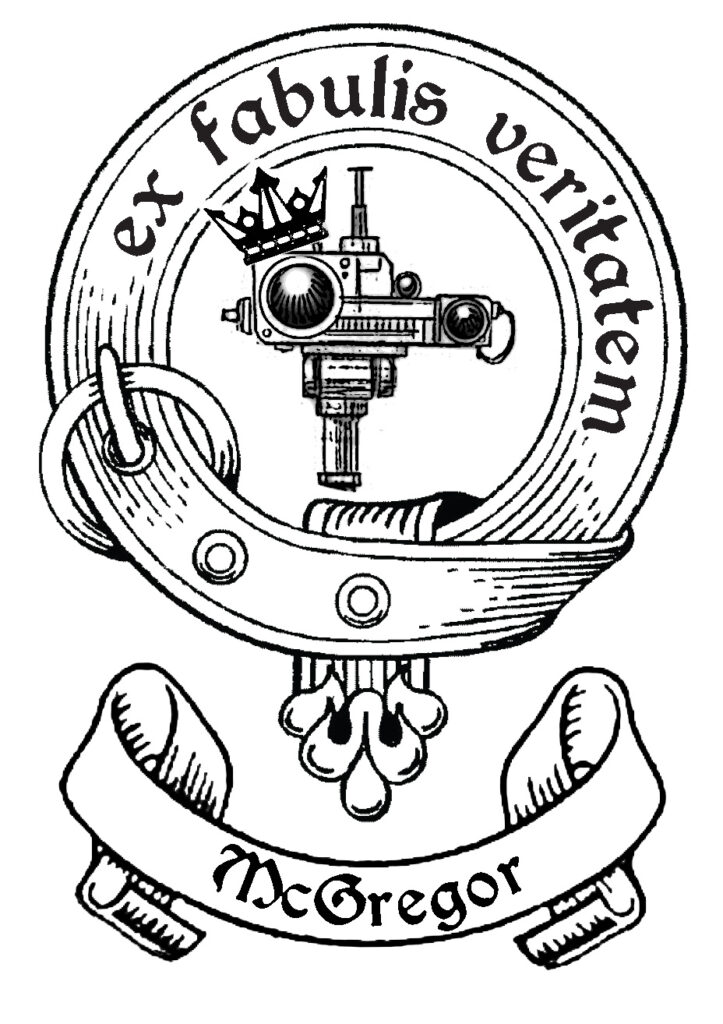
As a professional at the nexus of nature, robotics, and technology, I’ve seen the incredible synergy between art and science. These two fields, often viewed separately, are in fact deeply interconnected in driving humanitarian and scientific progress.
🌿 Nature-Inspired Robotics: Drawing from nature’s designs, my work focuses on creating robotic systems that are efficient, sustainable, and human-centric. This approach is not just about advancing technology, but also about respecting and preserving our natural world.
🎨 Artistic Perspective in Science: Art offers a unique lens to visualize complex scientific concepts, making them more accessible and engaging. This fusion pushes the boundaries of innovation, from environmental conservation to medical advancements.
🤝 Collaboration for Change: The collaboration between artists and scientists is key to addressing global challenges like climate change and healthcare. By merging creativity with technology, we can develop solutions that are empathetic and effective.
🌍 As we embrace this interdisciplinary approach, the possibilities for creating a sustainable, human-focused future are limitless. Let’s continue to nurture this collaboration for a better world.
